The permeability is the permeability of inorganic or organic solids for a so-called permeate. This permeate can correspond to gases, liquids or other molecules and is relevant in the body, for example for cell membranes and blood vessels. In psychology, on the other hand, permeability is the receptivity to subconscious impulses.
What is the permeability?

Biological membranes are permeable to different substances, for example different gases or liquids. This permeability corresponds to the membrane permeability. The permeability does not only affect cell membranes, but can also refer to other organic and inorganic substances.
In relation to the blood vessels of an organism, the permeability can, for example, correspond to the vascular permeability for solid blood components, for example the permeability for immune cells or coagulation factors. In connection with the capillaries, we also speak of capillary permeability.
A special form of permeability is also semipermeability or selective permeability. A semi-permeable substance is only permeable to certain molecules. For others, meanwhile, there is no permeability. The semi-permeability is often based on a size-based selection of the molecules. In the case of membranes, for example, only molecules up to a certain grain size often get inside the cell.
In contrast, psychology defines permeability as a susceptibility to subconscious impulses. In social psychology, the term can also mean the easy change between classes and strata.
Function & task
Organic and inorganic substances are either impermeable, i.e. impermeable, or have a certain permeability. This permeability is based on driving forces such as the concentration and pressure gradient and enables the substance to be penetrated by other substances such as gases or liquids. For the membranes of cells, permeability for mass transfer is a vital property.
The substance that has passed through is also known as permeate. Due to the external influences, a permeate moves in the direction of lower concentrations, i.e. in the direction of lower partial pressure. This process of permeation consists of various sub-steps. So-called sorption initially takes place at the interface of the solid. Vapors, gases or the chemicals of a solution as well as suspended substances are thus absorbed by the solid surface. The permeate then diffuses through the solid. During this diffusion, the permeate penetrates the pores or molecular spaces in the solid material. Then a desorption takes place, in which a so-called adsorbate leaves the solid in gas form on the other side.
If the solid in question is a membrane, its interface can also be semi-permeable or partially permeable. Semipermeable membranes, for example, allow solvents to pass through, but not the substances dissolved in them. This means that only molecules up to a certain molar mass can pass through. This semi-permeability is the basis of the osmosis of all cells, i.e. for the flow of molecular particles through a cell membrane.
In relation to vessels, the term permeability can denote the permeability for solids of the blood. Vascular permeability plays a role primarily for the blood capillaries and venules and depends on the endothelium of the vessels. The capillary permeability also enables a selective exchange of substances between the intravascular space and the interior of the vessels. Lipid-soluble and small substances such as carbon dioxide and oxygen can easily pass through the endothelium. The capillary permeability is thus involved in the gas exchange. Large molecular substances such as proteins and immobile cells such as erythrocytes, on the other hand, do not diffuse through the walls of the capillaries.
Illnesses & ailments
Systemic inflammatory reactions such as sepsis are directly related to vascular permeability. In sepsis, the vascular permeability increases. The cause of sepsis is usually trauma, major operations, burns or infections. In sepsis, germs get into the bloodstream and cause blood poisoning in the sense of a global inflammatory reaction. An increased vascular permeability is also characterized by allergic reactions of the first type and can lead to the formation of edema.
Normally, an increase in vascular permeability is preceded by the release of mediator substances such as histamine. As a result of the increase, fluid escapes from the vessels and often causes the tissues to swell.
Permeability disturbances can also relate to the permeability of the membranes. In many cases, membrane permeability disorders precede cardiovascular diseases. The result is often a disturbance in the electrolyte balance. Hereditary causes are also possible for membrane permeability disorders. When membrane proteins mutate, for example, it changes the permeability of the cell. This is the case, for example, with Myotonia congenita Thomsen, which is associated with muscle dysfunction. The cause is a genetic mutation that changes the chloride channels in the muscle fiber membranes and reduces the membrane permeability for chloride ions. As a result, patients suffer from involuntary muscle contractions that are felt as stiffness. The affected person can only open their closed fist or their closed eyes after a certain delay.
The membrane permeability in particular can also be impaired by autoimmune diseases. Some of these diseases are directed against the biomembranes, such as the antiphospholipid syndrome. In addition, mitochondrial diseases disrupt membrane permeability. Mitochondria are cell organelles that are known as the energy power plants of the cell and form free radicals as a waste product of energy production. If these radicals are not rendered harmless, they destroy the membranes and thus disturb the permeability.
Complaints in connection with psychological permeability can occur in the context of many mental illnesses and are usually due to a reduction in self-perception, which can be noticeable in a reduced permeability for impulses from the subconscious.

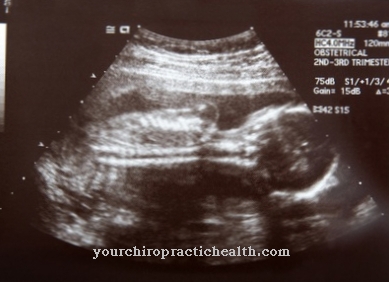

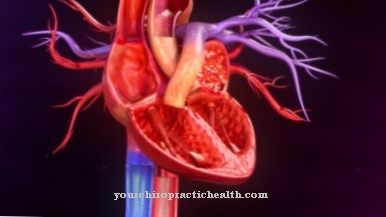
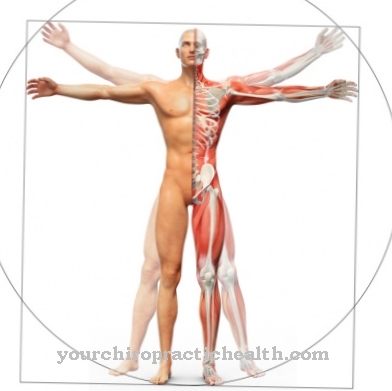
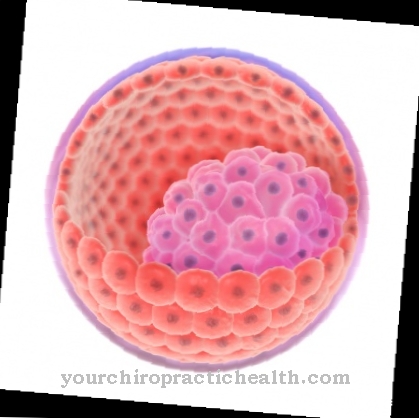
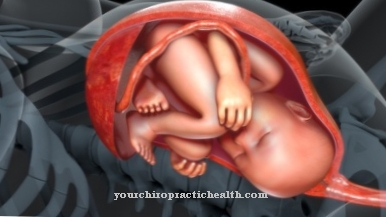

















.jpg)



